Facilities maintenance—the overall upkeep, care and management of buildings, equipment, and infrastructure—is essential to ensure everything is working properly and operating safely. Those working in the field need to have a broad set of skills and knowledge to maintain spaces, complete repairs efficiently and optimize building performance while maintaining a safe and productive work environment.
Workplace safety is an important issue for any business, but especially in facilities management where employees may encounter various safety risks in their day-to-day operations. Working with electricity, interacting with equipment and machinery, and handling various supplies can all create potential hazards if not done properly.
Here are four reasons why investing in safety in facilities maintenance is essential.
Preventing Accidents and Injuries
Facilities maintenance involves working with complex systems, machinery, and potentially hazardous materials. Safety training equips employees with the knowledge and skills to identify potential risks and take appropriate measures to mitigate them.
Accidents and injuries can disrupt operations, leading to downtime, increased expenses, and potential damage to the organization’s reputation. Workplace injuries were up in 2022, the last full year for which numbers are available, reaching 2.3 million, according to the U.S. Department of Labor’s Bureau of Labor Statistics.
Establishing a culture of safety is essential to creating a secure work environment, and training plays a pivotal role in mitigating risks while also enhancing employees’ skills and improving operations. As part of Interplay Learning’s facility maintenance training, employees learn about critical safety procedures, including lockout/tagout procedures, electrical safety, HVAC basics, fire safety, slips, trips and falls, and more.
Complying with Regulations and Standards
Regulatory bodies establish stringent safety standards to ensure the well-being of employees and the general public, and those in facilities maintenance must comply with regulations to avoid consequences and penalties.
OSHA reported that some of the most frequently violated standards are related to fall protection, ladders, respiratory protection, eye and face protection, lock/out tagout, and machinery and machine guarding. Regular safety training ensures that employees are aware of the latest safety guidelines and regulations, reducing the risk of non-compliance.
Industry certifications can play an important role in complying with regulations and ensuring employee safety and performance. OSHA 10—an outreach and voluntary training program provided by Occupational Safety Health Administration—offers 10 hours of training for workers, including appreciation, prevention, avoidance, and reduction of safety and health hazards in the workplace.
The OSHA 30 training program is designed to provide comprehensive safety training for workers and supervisors in various industries. It covers a wide range of occupational safety and health topics, including hazard recognition, fall protection, electrical safety, machine guarding, respiratory protection and more. The program helps workers and supervisors understand their rights and responsibilities related to workplace safety and equips them with the knowledge and skills to identify and address potential hazards.
Similarly, Section 608 of the Clean Air Act technicians who maintain, service, repair, or dispose of equipment that could release refrigerants into the atmosphere must be certified. Technicians are required to pass an EPA-approved test to earn Section 608 Technician Certification, but credentials do not expire.
Failing to comply with safety standards can have significant consequences. OSHA, for example, has the authority to issue citations and impose fines and can even take enforcement actions, such as shutting down a workplace, until safety hazards are addressed. If violations occur repeatedly, OSHA may increase its oversight of the non-compliant employer, conducting more frequent inspections and taking a closer look at the company’s safety practices. Plus, failing to keep employees safe can hurt a company’s reputation.
Other regulatory requirements can include building codes and standards, environmental regulations, fire safety regulations, and the proper handling of hazardous materials.
Cutting Costs and Increasing Efficiency
Making strategic investments in safety translates into reduced expenses, higher productivity and a better bottom line. One of the most direct financial advantages of an emphasis on workplace safety is the reduction in workplace incidents. The National Safety Council estimates that work injuries cost $167 billion annually in productivity losses and medical and administrative expenses. Fewer accidents mean fewer injuries, leading to a decline in workers’ compensation claims and reduced risk of regulatory action or fines and lawsuits.
A safe working environment also increases efficiency and productivity. Reduced accidents and injuries mean less downtime or days away from work. Plus, when employees know how to perform work safely and correctly, they can often do it in less time and, importantly, do it correctly the first time. The time saved on rework can be redirected towards more productive tasks, increasing overall operational efficiency.
Boosting Employee Morale and Engagement
A safe workplace fosters a positive work culture, which can contribute to a more engaged workforce, empower employees and increase morale. Workers who feel like their employers care about their safety and well-being are more likely to be engaged and committed to their jobs. Increasing safety also helps eliminate fear and anxiety on the job, which can impact employees’ health and productivity.
Additionally, investing in training programs that promote safety best practices and increase workers’ skills can be a powerful tool for attracting and retaining employees. A well-trained workforce is more likely to feel valued and motivated, leading to increased job satisfaction and employee retention. By investing in employees, companies build a reputation as an employer of choice, reducing recruitment costs and employee turnover.
Driving Continuous Improvement
Safety training for facilities maintenance employees is not just a regulatory checkbox; it is a strategic investment in the organization’s success. Accidents and injuries not only jeopardize the well-being of employees but also have significant financial and operational implications for businesses. By prioritizing employee safety, mitigating risks and fostering a strong work culture, facilities maintenance organizations can create a resilient and efficient work environment that benefits both the workforce and the bottom line.
However, it is important to remember that creating a safety-focused culture is an ongoing process that requires consistent effort and continuous improvement. Technologies and best practices are constantly changing, regulatory requirements evolve, and industry trends change. By investing in learning and development of facilities maintenance staff, organizations can build a skilled and safe workforce.
Interplay Learning’s immersive online and VR training platform offers safety and compliance training for your entire team as well as technical training in facilities maintenance, HVAC, plumbing, electrical, and more. Our training includes expert-led video courses, hands-on 3D simulations, skills assessments, and custom learning paths to develop and upskill maintenance teams, helping them be job-ready in weeks, not years.
Ready to elevate your safety and technical training with hands-on immersive learning? Contact us today to learn how Interplay Learning can support your goals.










